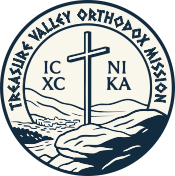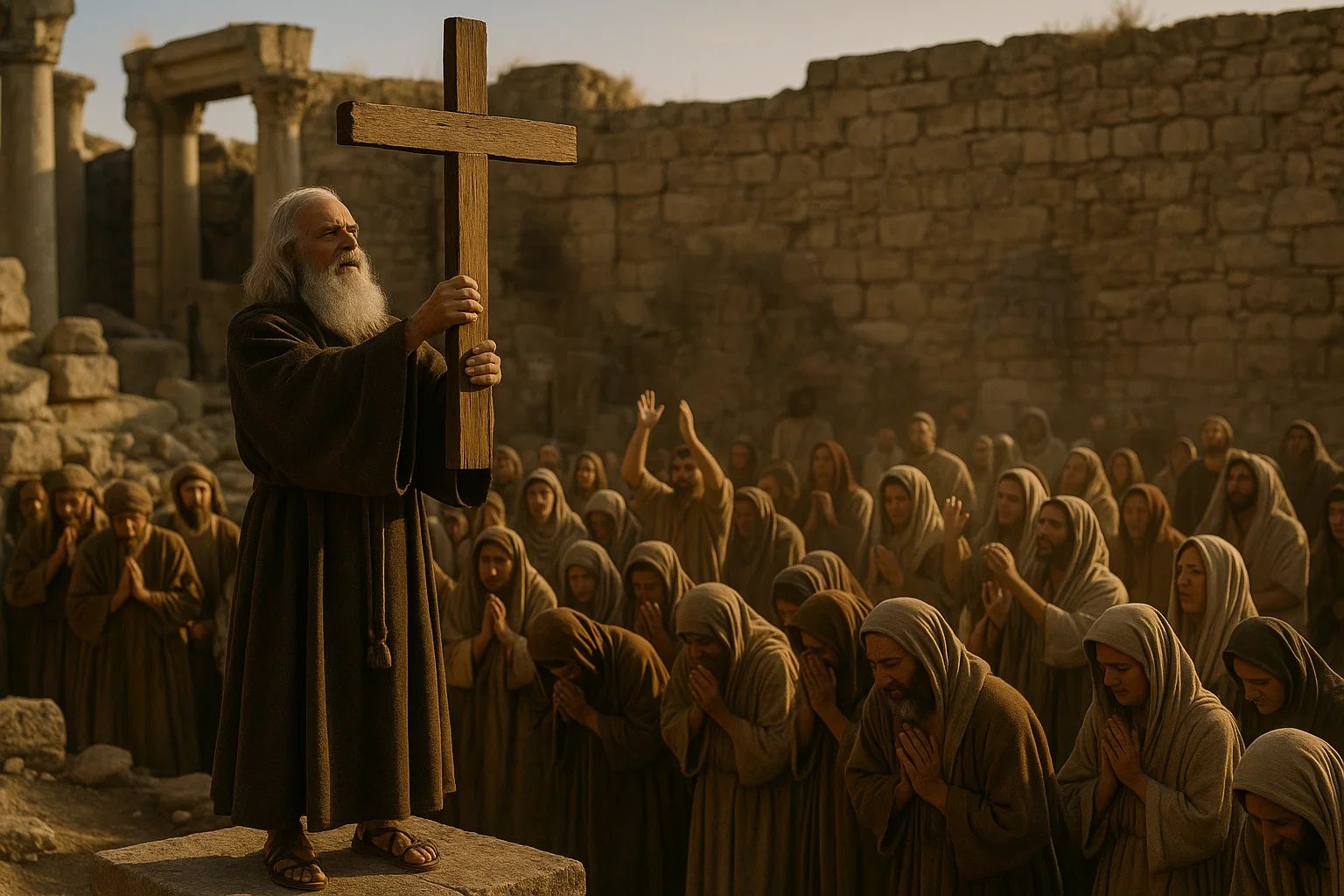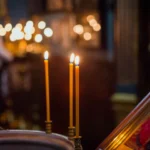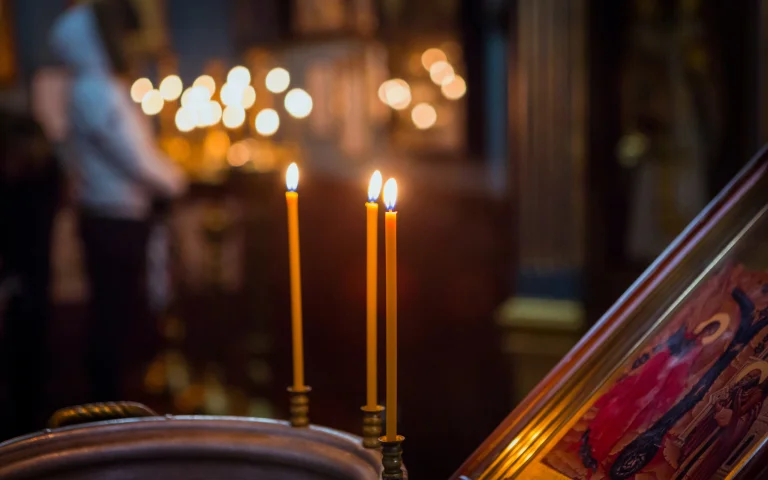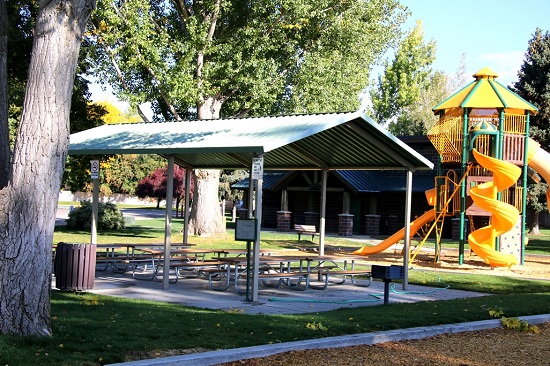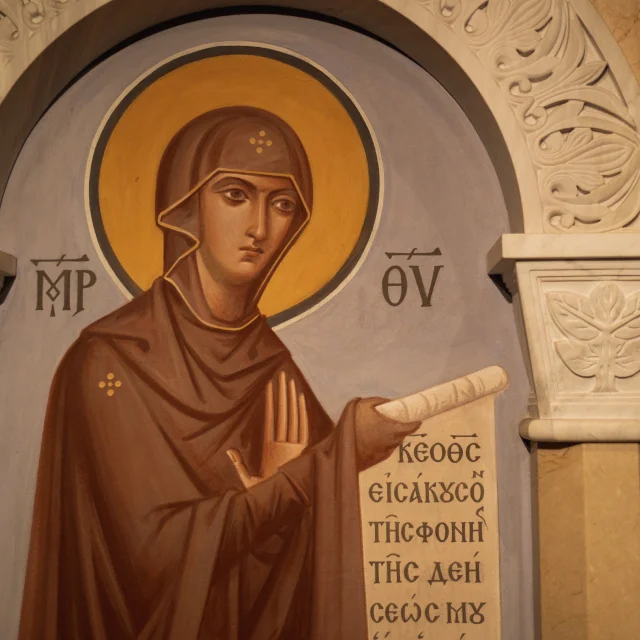Today, we celebrate one of the great feasts of the Orthodox Church: The Elevation of the Precious and Life-Giving Cross. Every year on September 14, the Church pauses to remember not only the discovery of the True Cross by Saint Helena (mother of Constantine the Great) in Jerusalem around 325 AD, but also its later …
Today, we celebrate one of the great feasts of the Orthodox Church: The Elevation of the Precious and Life-Giving Cross. Every year on September 14, the Church pauses to remember not only the discovery of the True Cross by Saint Helena (mother of Constantine the Great) in Jerusalem around 325 AD, but also its later recovery from Persia in 628 and its solemn lifting up for all to see.
The Cross is more than a symbol. In the Romanian and Greek Orthodox traditions, it is the sign of Christ’s suffering and death, yes but also His victory over death, sin, and the evil one. It reminds us that salvation came through the Cross, and that we are called to carry our own crosses in life with faith. To elevate the Cross is to exalt that victory, to declare that what the world sees as shame has instead become our hope. It is a fast day, a day of repentance, and a day of reverent joy.
How This Feast Came About
According to tradition, when Saint Helen journeyed to Jerusalem, she discovered that a pagan temple had been built on Golgotha over the places where Christ was crucified, buried, and resurrected. She ordered the temple torn down. Deep excavations revealed three wooden crosses, plus the sign placed above Christ (the inscription “King of the Jews”).
How to tell which was the Cross of Christ? A miracle: when the crosses were tested by being placed upon a dead person, life returned to that person when touched by the true Cross. Thus they knew which Cross was which. The Cross was then raised up before the people for veneration.
Later, the Cross was captured by the Persians and taken from Jerusalem, only to be returned by Emperor Heraclius. When it was brought back, he carried it barefoot in humility, showing that even from political or military victory, the Cross teaches humility and sacrifice.
What This Means for Us
For us in Treasure Valley Orthodox Mission, this feast is a powerful reminder that faith is lived. The Cross is not a static ornament it is alive. It shapes our worship, our daily choices, and our relationships. It calls us to humility, to caring for one another, and to remembering that even through hardship, Christ’s victory holds.
We also use this day to come together in prayer, fellowship, and service—sharing the meaning of the Cross in our lives with family, friends, and those who may be new to our faith. It grounds us in a tradition that spans centuries and cultures—Greek, Romanian, and more—and unites us in hope.
For Kids: “What is the Elevation of the Cross?”
Hey kids! You might wonder, why do we lift up a wooden cross and say it’s so important?
- Long ago, the place where Jesus died (called Golgotha) was hidden by a pagan temple.
- Saint Helen, who was very brave and loving, helped find it. They actually dug and found three crosses. One of them was Jesus’ Cross. They figured that out by a miracle—when Jesus’ Cross touched someone very sick or even someone who had died, they made well.
- When the people saw Jesus’ Cross, they lifted it up (“elevation”) for everyone to see, so all could remember that Jesus died for us—but also rose again!
- So today, when we celebrate the Elevation, we remember that God brings light even out of suffering. The Cross is a sign of love, sacrifice, and victory.
May this feast renew our hearts, deepen our faith, and bring us together in love. Let us look upon the Cross with reverence, yet with joy, knowing that by it, we are saved.
